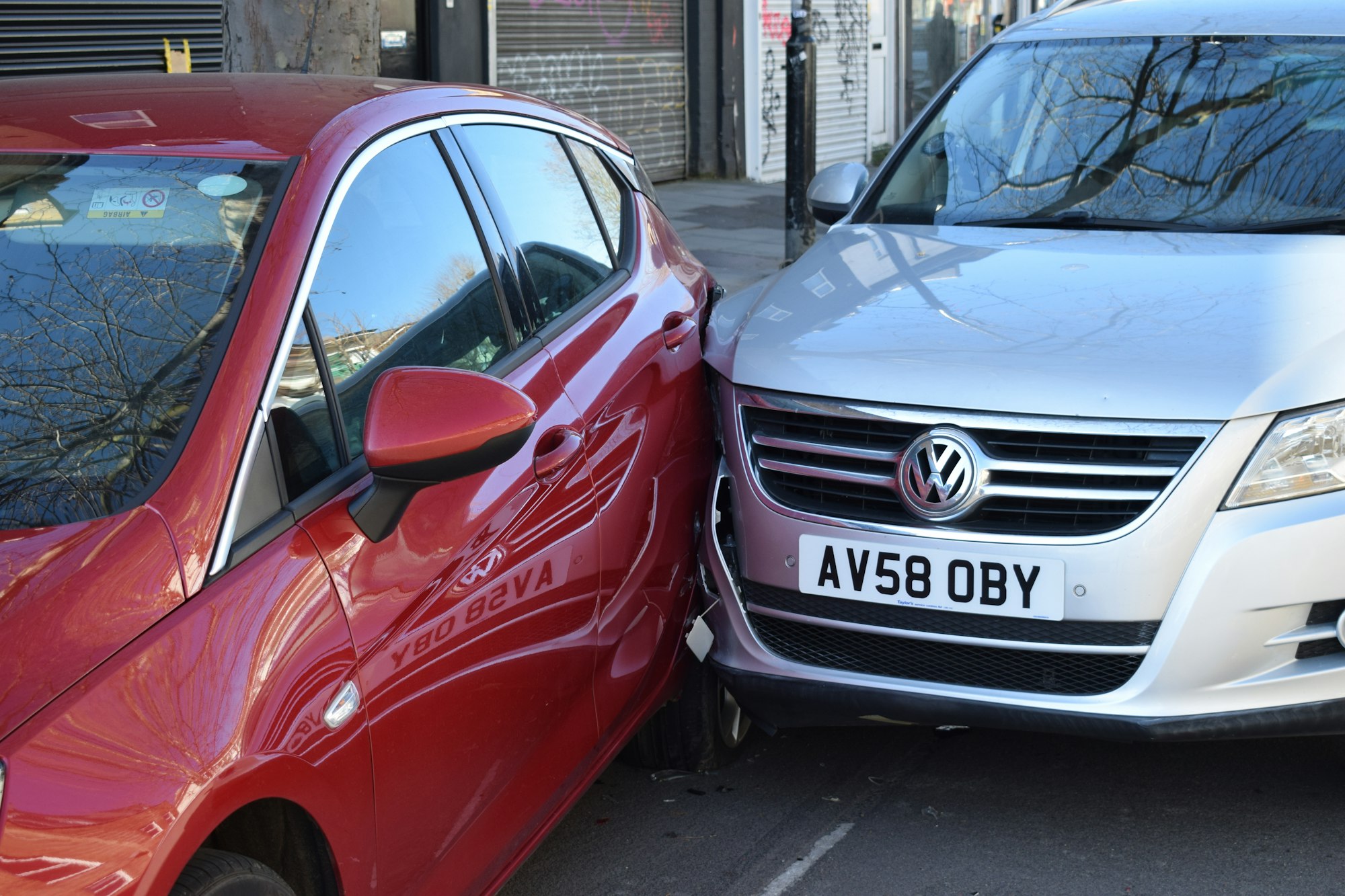When You Should Stop Driving: Guidance for Older Drivers and Their Loved Ones
"When You Should Stop Driving" offers vital guidance for older drivers and their families on recognizing when it's time to stop driving. It covers warning signs, family discussions, doctor's advice, and adapting to life without driving, prioritizing safety and independence.

As people age, their driving skills can gradually diminish, making it crucial to recognize the right time to stop driving. This decision is vital for ensuring personal safety and the safety of others on the road. The aim of this article is to provide older drivers and their family members with practical advice on when it might be time to hang up the keys.
Recognizing the Early Signs
Physical and Cognitive Changes
Physical Skills: Diminished physical ability, such as difficulty in moving the foot from the front gas and brake pedals to the brake pedal, or turning the steering wheel, is a significant sign.
Vision: Regular eye exams are crucial. Struggling to read signs or seeing in low light conditions are red flags. So encourage your aging senior to get their eyes checked
Hearing: Regular hearing tests are very important. Not being able to horns honking or sirens approaching are red flags. If they also have vision problems, they may no longer be aware of blind spots while driving.
Reaction Time: A noticeable delay in motor vehicle in reaction to traffic signals, or unexpected actions from other drivers, can indicate a risk. Older drivers may have slower re
Behavioral Indicators
Traffic Tickets and Accidents: An increase in traffic violations, fender benders, or close calls should be taken seriously.
Getting Lost: Frequent confusion or getting lost, especially in familiar areas, is a warning sign.
Concealing Driving Issues
Hiding Accidents: Seniors who conceal car accidents, dents, or scrapes might be aware of their declining abilities but are hesitant to address them. This is a critical red flag and requires immediate family intervention.
Denial of Driving Difficulties: Refusal to acknowledge driving difficulties or close calls is a sign that a candid conversation about driving ability is needed.
Family and Doctor’s Observations
Family Concerns: Concerns raised by family members or passengers concerned about driving skills should not be ignored.
Doctor’s Advice: If a doctor suggests a review or cessation of driving, for example, it's crucial to take this seriously.

When to Consider Limiting or Stopping
Assessing Driving Ability
Written and Practical Tests: Regular assessments can help identify issues with driving skills.
Self-Evaluation: Older and younger drivers should periodically assess their comfort and ability behind the wheel.
Safety on the Road
Avoiding Night Driving: Struggles with night driving can be an early indicator to limit driving times.
Adapting to Traffic: Difficulty in adapting a vehicle to the speed of traffic or missing signals can be a sign to reassess driving.
Alternatives to Driving
Public Transportation: Utilizing buses, trains, or public transit can be a safer alternative.
Family and Community Support: Relying on family members or community services for transportation can be a practical solution.
The Role of Family Members
Starting the Conversation
Approaching the Subject: It’s crucial to discuss driving concerns with older family members compassionately.
Offering Alternatives: Suggesting practical alternatives like carpooling, taxis, or ride-sharing services can help ease the transition.
Please take time to take the ElderCare Communication Course - The driving lesson will give you tips and strategies
When You Should Stop Driving: Guidance for Older Drivers and Their Loved Ones
Understanding the Emotional Impact
Independence and Identity: Recognize that giving up driving can feel like a loss of independence.
Support and Reassurance: Provide emotional support and reassurance that losing the ability to drive does not diminish their value or independence.
Legal and Practical Considerations
Driver’s License and Insurance
Regular Renewals: Encourage regular renewals of driver's licenses and check insurance policies.
Insurance Institute Guidelines: Be aware of the guidelines and recommendations from insurance institutes regarding older drivers.
Safety and Legal Responsibility
National Safety Council Recommendations: Follow the advice from organizations like the National Safety Council on older drivers.
Legal Obligations: Understand the legal responsibilities related to an older person’s ability to drive safely.
When to Stop Driving: Navigating Challenges in Rural Areas
Determining when to stop driving is a complex and sensitive issue. It involves assessing physical and cognitive abilities, understanding the emotional impact, and considering legal responsibilities. By recognizing the early warning signs themselves, considering safety, and having open discussions with family members, older drivers can make informed decisions about their driving future.
The key is to prioritize safety for themselves and others, while exploring alternatives that help maintain their independence and quality of life.For seniors living in rural areas, where public and senior transportation options are limited, deciding when to stop driving can be particularly challenging. This article focuses on practical solutions for older adults who need to transition away from driving while living in areas with fewer transportation alternatives.
Understanding the Unique Challenges
Limited Transportation Options
Lack of Public Transportation: Rural areas often lack public transportation systems, making it difficult for seniors to remain mobile and independent once they stop driving.
Impact on Daily Life: The absence of alternative transportation can affect access to essential services, social activities, and medical care.

Creative and Practical Solutions
Community-Based Initiatives
Create a Care Team Partner Support Group.This can be a group that is a community program or as a solution for you, as a family member.
Volunteer Driver Programs: Communities can organize volunteer driver programs where young drivers and volunteers assist seniors with transportation needs. They can be part of the Care Team Partner Support Group.
Community Carpooling: Establishing a carpooling and bus system within the community can provide a shared solution for transportation.Again, this is a solution that you could incorporate into your Care Team Partner Support group.
Leveraging Technology
Ride-Sharing Services: In areas where services and vehicles like Uber or Lyft operate, seniors can use these platforms for occasional trips.
Online Grocery and Pharmacy Services: Utilizing online services for groceries and prescriptions can reduce the need for frequent trips.
Family and Neighbor Support
Family Assistance: Family members can organize a schedule for family member to assist with transportation needs, such as weekly grocery shopping or medical appointments.
Neighborhood Networks: Building a network with neighbors can provide a support system where residents take turns assisting each other with transportation. This is the concept of developing a Care Team Partner support group. In the How to Become a Patient Care Advocate for your Family Member,you will not only learn how to advocate, but how to build your team, your Care Team Partner Support Group you will get a team of advocates that will provide practical assistance to the care recipient and primary caregiver.
Building Local Awareness and Support
Advocacy and Awareness
Local Government Engagement: Engaging with local government representatives to advocate for improved transportation services for seniors can lead to long-term solutions.
Community Awareness Campaigns: Raising awareness about the challenges faced by seniors in rural areas can mobilize community support and resources.
Establishing Partnerships
Collaborations with Local Businesses and Organizations: Partnerships with local businesses, healthcare providers, and religious organizations can create more structured support systems for transportation.
Preparing for the Transition
Gradual Transition
Planning Ahead: Encourage seniors to plan for the eventual transition away from driving by exploring and trying out different transportation options in advance.
Safety Nets: Establishing a safety net of support before the need arises can make the transition smoother.
For seniors in rural areas, stopping driving requires creative and community-focused solutions to address the lack of public and senior transportation services. Leveraging technology, community support, and local advocacy can provide viable alternatives and maintain the independence and quality of life of older adults. Early planning and building a strong support network are key to successfully navigating this transition.
Here's a driving skills assessment and checklist for you to print out
Encourage the aging adult driver to take the AARP’s 55 ALIVE Mature Driving Program and/or the AAA course for seniors.
Addressing the Challenges of Transitioning from Driving in Senior Years
The decision for older adults to stop driving, especially in areas where public transportation isn't readily accessible, can lead to significant emotional, social, and practical challenges. This transition often impacts their sense of independence and spontaneity, leading to increased reliance on others for mobility.
Understanding the Emotional and Social Impact
Loss of Independence and Spontaneity
Emotional Toll: Ceasing to drive can result in a feeling of loss, not just of a driver's license but of social status and the ability to be spontaneous.
Social Isolation: The inability to drive can lead to decreased social interactions, as trips become more about necessity than social outings.
The Logistics of Relying on Others
Increased Planning: Older drivers who stop driving often find themselves needing to plan meticulously around the schedules of family members or public transportation, losing the freedom to go places on a whim.
Waiting and Dependence: This increased reliance can lead to frustration and a sense of burden, as they must coordinate and wait for assistance from others.
The Impact on Daily Life
Changes in Lifestyle
Necessity Over Leisure: Trips are more often taken out of necessity rather than for leisure or social reasons, which can further the sense of isolation.
Difficulty in Asking for Help: The challenge of asking family and friends for rides can be daunting, exacerbating feelings of dependency and isolation.




